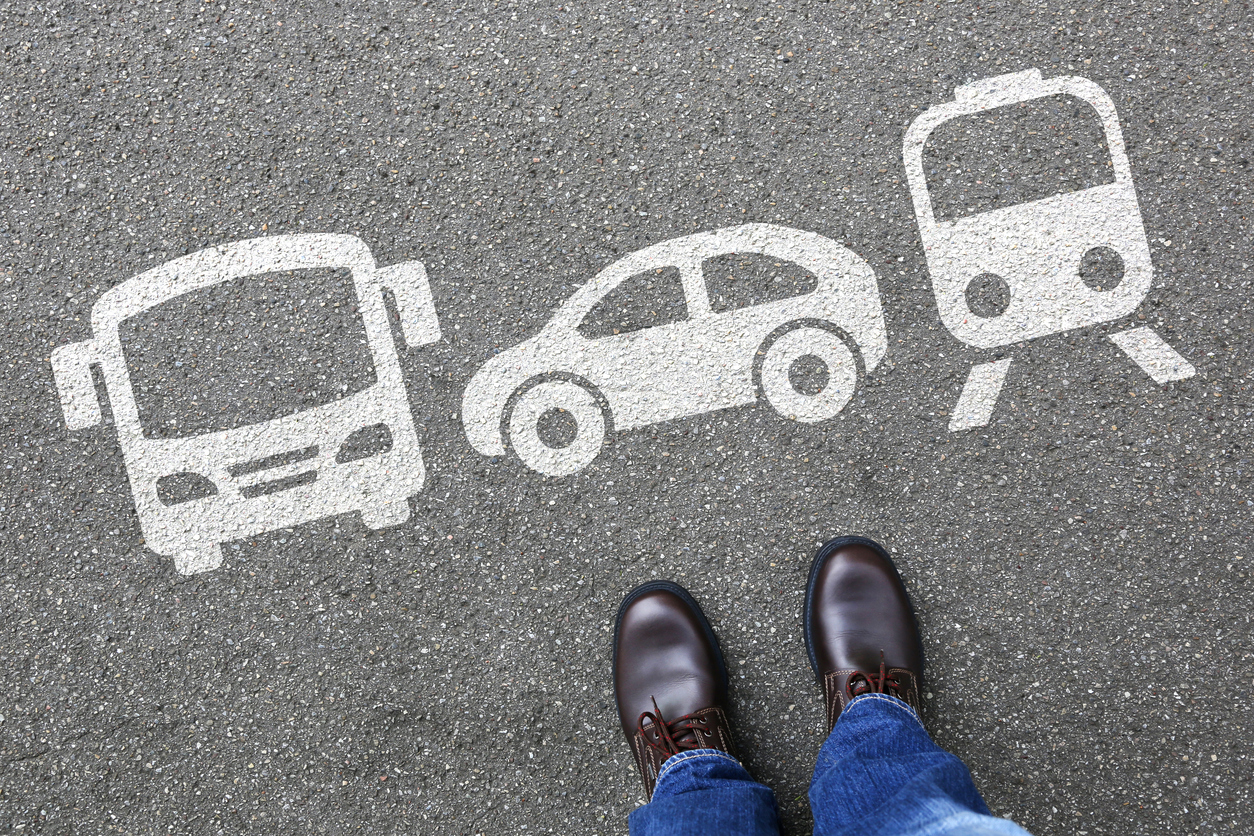In a January 28 letter to Senator Steve Hobbs (D-Lake Stevens), Washington State Department of Transportation Secretary Roger Millar outlines several transportation expenditures he would like the Legislature to prioritize.
These include:
- State of Good Repair ($9.4 billion)
- Highway and bridge preservation and maintenance ($3.3 billion)
- Washington State Ferries preservation ($2.1 billion)
- WSDOT facilities and other intra-agency asset preservation ($550 million)
- Multimodal asset preservation ($900 million)
- Bridge seismic retrofit program ($1.5 billion 50-year need)
- Safety and system operations competitive grant program ($1 billion)
- Fish passage culvert replacement ($3.1 billion)
- Transportation system management ($80 million)
- Cooperative Automated Transportation ($50 million)
- HOV electronic enforcement pilot ($30 million)
- Transportation Demand Management ($1.34 billion)
- Multimodal investments ($1.34 billion)
- Capital investments beyond Connecting Washington ($9.1 billion)
One of those expenditures is $30 million for an HOV electronic enforcement pilot. According to the letter, the pilot will “deploy permanent car occupancy-detection equipment at strategic locations along freeway HOV and/or Express Toll Lanes” along I-405. He notes that this is intended to reduce carpool violations – or people who try to cheat the system and use the toll lanes for free.
Millar adds that this “would accelerate deployment of cutting-edge occupancy-detection systems.”
Current state law regarding automated traffic safety cameras does not allow pictures of vehicles or vehicle license plates to reveal the face of drivers or of passengers in the car. If this technology requires pictures of faces to count the number of occupants in a vehicle, or discern which occupants are real passengers, lawmakers could seek to change this law.
In Washington state, reducing single-occupancy travel is a policy goal. In 2007, recommendations were adopted into law that reduce per capita vehicle miles traveled (VMT) by 18 percent by 2020, 30 percent by 2035, and 50 percent by 2050 – under the pretext of helping the environment. In fact, the way the language is written in state law, WSDOT’s six broad policy goals were adopted to support the reduction of per capita VMT as well.
If reducing how much we drive, particularly alone, is a policy goal, I imagine that many law-abiding drivers would likely see this technology as an invasion of their privacy.
Additionally, this technology would effectively treat everyone as a potential criminal when they may not be guilty of breaking the law. In order to catch the few people who cheat (the state violation rate is between 1 and 7 percent) the public agency would monitor every driver who uses toll lanes. The centralized computer system could impose financial or legal penalties on anyone it thinks is breaking the law, whatever the law is at the time. This could include not just infractions related to toll lane occupancy, but to speed, seat belt use, and distracted driving.
Monitoring public travel to this degree is naturally unsettling and increases public mistrust of any system that depends on unproven and invasive camera technologies to evaluate how, when, and where we drive.
WSDOT should prioritize the gridlock that cripples I-405 at morning and afternoon peak travel hours every day. Increasing speeds and decreasing travel times for the general public may reduce infractions by drivers who feel they are not being served by the transportation system they pay for.





